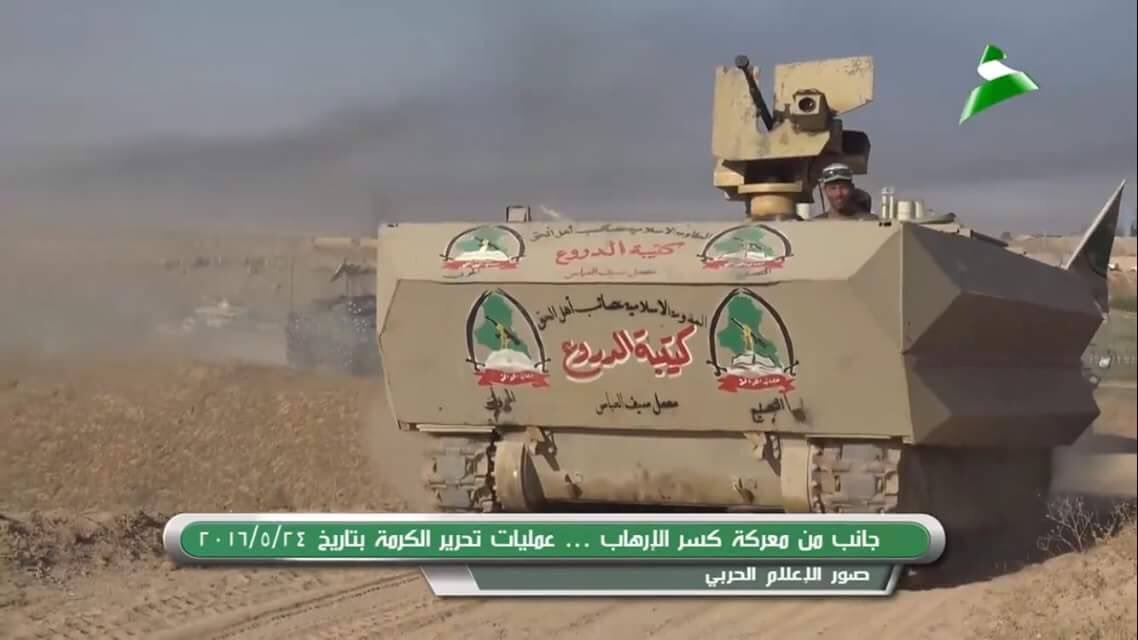This was Afghanistan in 1960’s.
How Afghan Classrooms Became Bunkers
HRW: Since the 2001 U.S.-led military intervention in Afghanistan, Western countries have invested heavily in education there. But as security across the country deteriorates, schools in many places are under threat, not only from resurgent Taliban forces but also from the very Afghan security forces that are mandated to protect them.
Increasingly, the country’s national forces are using schools—many of them constructed by foreign donors and often the only concrete-reinforced, multi-story buildings in smaller villages—as their military bases during offensives into Taliban-held areas. Even if the buildings remain unscathed, the military occupation interrupts children’s education. But all too often, the schools become battlegrounds as the Taliban counter-attacks government positions, leaving the buildings damaged or in ruins and denying children an education until they can be rebuilt, if ever.
In 2015, the United Nations mission in Afghanistan documented 20 cases in which government security forces and armed opposition groups occupied schools for military purposes. During a brief research mission in April, Human Rights Watch identified 11 schools that were under occupation and being used for military purposes in just one small area of the Baghlan province alone, suggesting that the problem is underreported and getting worse. An investigation by the Guardian newspaper in April uncovered two British-built schools in Helmand province being used as Afghan army bases, including one in which students were still attending school on a lower floor.
The Ustad Golan Jelani Jelali Middle School, in the village of Postak Bazaar in the Baghlan province, is a case in point. Its most recent troubles are only the latest in a long litany of woes. In 2010, the Taliban laid siege to the school when it was occupied by the Afghan police, gunning down seven policemen inside a classroom. “Their blood just wouldn’t wash away,” a school official told me, “so we had to chip it away from the wall with an axe.”
In 2015, the Afghan police were back at the school, setting up base with sandbagged positions on the second level while students tried to continue their schooling below. Alarmed school officials managed to get a letter from the Kabul authorities ordering the police to leave, but the police commander ignored them, saying that he was staying put. When the students needed to take exams, school officials again presented the letter to the commander, but his police officers fired their guns in the direction of the assembled teachers and students, forcing them to flee.
Nearly a year later, the police were still occupying the school despite the repeated entreaties of the teachers and school officials. When we visited in April, the Taliban fighters were closing in, putting the children’s school right on the front lines of a brutal conflict. A school official told us:
Now the Taliban are getting closer, and we have had to close the school because of the security. All of the schools in our area are closed for the moment. The Taliban front line is now just 30 meters from the school. The students, out of fear, are not coming to school. We went to see the police chief again, but he just said that as with the prior agreement, the police stay on the second floor and we can use the school on the first floor.
The Taliban, too, have used schools in the area as military bases, refusing to abandon them even in response to pleas from village elders desperate to save their schools. The Swedish government financed construction of the Khail Jan Shahid Primary School in Omar Khail. In 2015, the school opened its doors to 350 boys and girls. Soon afterward, Taliban fighters came to occupy the school, refusing to leave when asked by village elders.
Early this year, government forces attacked the Taliban forces based at the school, raking the building with gunfire and mortar rounds. The Taliban fled, but the school compound was left in ruins less than a year after it had opened. Even in its ruined state, the school continues to serve as a military base. When Human Rights Watch was there in April, a contingent of Afghan local police paramilitaries occupied the building.
For many families in Afghanistan, education for their children remains one of the few routes out of poverty. The increasing presence in schools of government security forces and the Taliban is not only putting education out of reach but also destroying much of the educational infrastructure that Afghanistan’s donors have invested in so heavily over the last 15 years. In many villages, it is also turning Afghan security forces into despised occupiers rather than giving villagers a sense of security.
Parents of girls are particularly less likely to allow their children to attend school if it means co-habiting a school with armed men or facing a potential attack. When a school or the route to the school is perceived as becoming more dangerous or when a school closes and students are forced to travel farther to one that is still open, girls are far more likely than boys to be kept home by anxious parents.
People in the United States and Europe who take pride in the fact that their governments are supporting education in Afghanistan are likely to take a dim view of their aid money being used to essentially build bases for security forces. Governments that have taken steps to limit the use of schools for military purposes by their own armed forces will be in a better position to credibly work with the Afghan government to discourage it in Afghanistan, ensure that occupied schools are vacated, and promote security force policies and practices that better protect schools.
An international Safe Schools Declaration, which provides guidance on how to better protect schools from attacks and military use, is helping to focus attention on the issue. Since the declaration was published, 53 states, including Afghanistan and many other conflict-affected countries, have made a political commitment to this effort. About half of the European Union countries have signed on. For countries that sign on, the next step is to incorporate these protections into domestic policy and operational frameworks. For those states that haven’t yet endorsed the declaration, which is one year old today, that’s a clear first step to demonstrating their commitment to safer schools around the world.
Ultimately, signing on to the Safe Schools Declaration is the easy part. A true commitment to protecting schools from attacks and preventing their use for military purposes requires political will and action on the ground. It requires governments to be willing to issue orders to their troops not to occupy schools and to hold security forces that ignore such orders, such as those occupying schools in Afghanistan, accountable.
Every day, children in many parts of Afghanistan risk their lives to reach their schools and get the education they hope will give them better futures. The continuing use of such schools by Afghan security forces and the Taliban risks depriving yet another generation of Afghan children of an education and puts children in the direct line of fire. Even in a place as torn by conflict as Afghanistan, children have a right to a safe school that shelters them from the effects of war, and Afghanistan’s government and donors need to do more to protect that most basic of rights.



 IHA Photo
IHA Photo





 Two weeks ago, Billoo made it clear her views about American troops have not changed, questioning the holiday’s value: “You think we should honor people who commit war crimes?” she asked an incredulous questioner. She “proudly stands by” her opinion, she also wrote.
Two weeks ago, Billoo made it clear her views about American troops have not changed, questioning the holiday’s value: “You think we should honor people who commit war crimes?” she asked an incredulous questioner. She “proudly stands by” her opinion, she also wrote.
 Zahra Billoo is at Sanders’ left, dressed in purple.
Zahra Billoo is at Sanders’ left, dressed in purple.